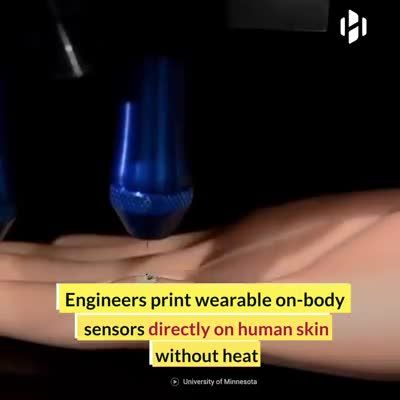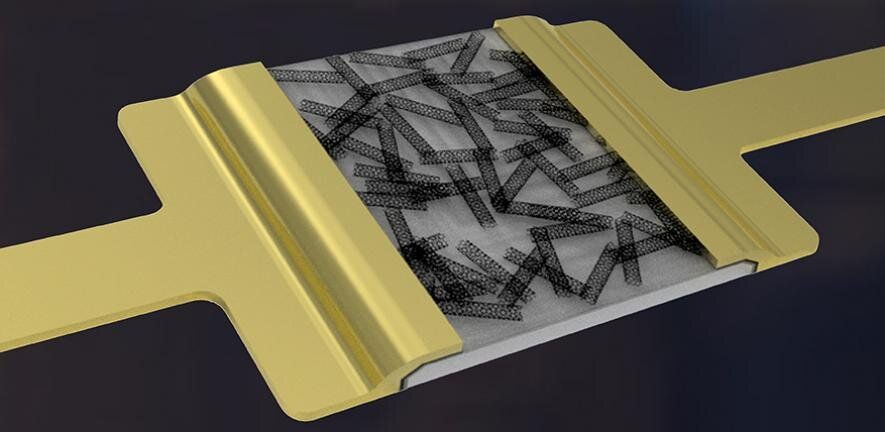Nov 13, 2020
SoftBank eyes smaller bets, bigger returns in Vision Fund rethink
Posted by Derick Lee in categories: biotech/medical, education, finance, government, health, wearables
The quiet shift in strategy, which brings the Vision Fund’s approach closer to that of a traditional venture capital investor, may ease concerns over big, bold bets going sour, a factor that has left a major gap between SoftBank’s market capitalization and the sum of its investments.
TOKYO — SoftBank Group’s Vision Fund is turning to a new strategy as a global pandemic and government stimulus distort tech valuations: Invest smaller in hopes for bigger returns.
After raising nearly $100 billion and investing $85 billion in high-profile companies like Uber Technologies, WeWork and ByteDance over three years, the Vision Fund is now focusing on making smaller bets in early-stage startups.
Continue reading “SoftBank eyes smaller bets, bigger returns in Vision Fund rethink” »


















